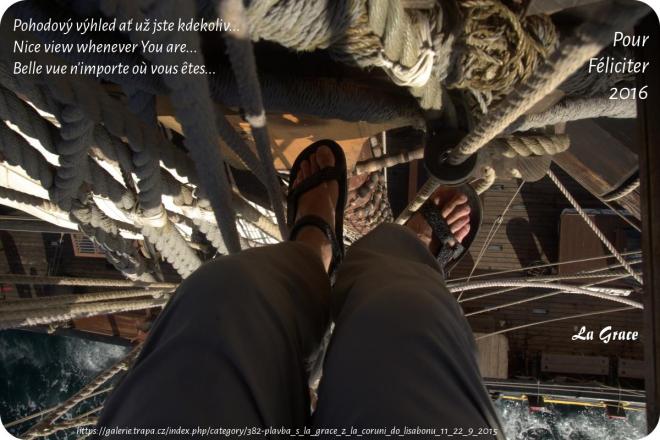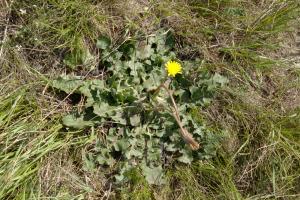There has been a decrease in the ability of biologists to identify their material correctly, particu- larly plants of complicated genera with common agamospermy, where old clonal entities are accorded the rank of species (microspecies). Agamospermous microspecies are taxonomic enti- ties recognizable from one another by a set of minute morphological features. The knowledge of microspecies is confined to a few specialists. Specialists usemicrospecies names but there could be inconsistencies in the taxonomic concepts used by different, geographically remote experts.



